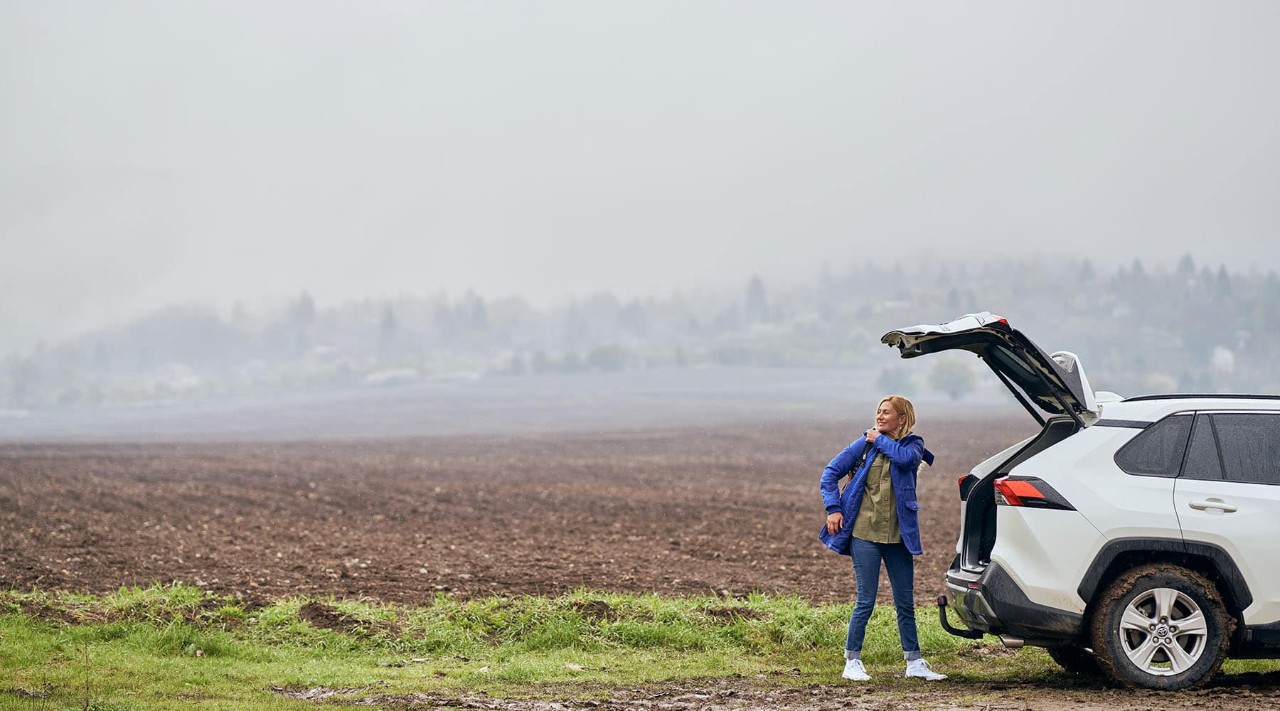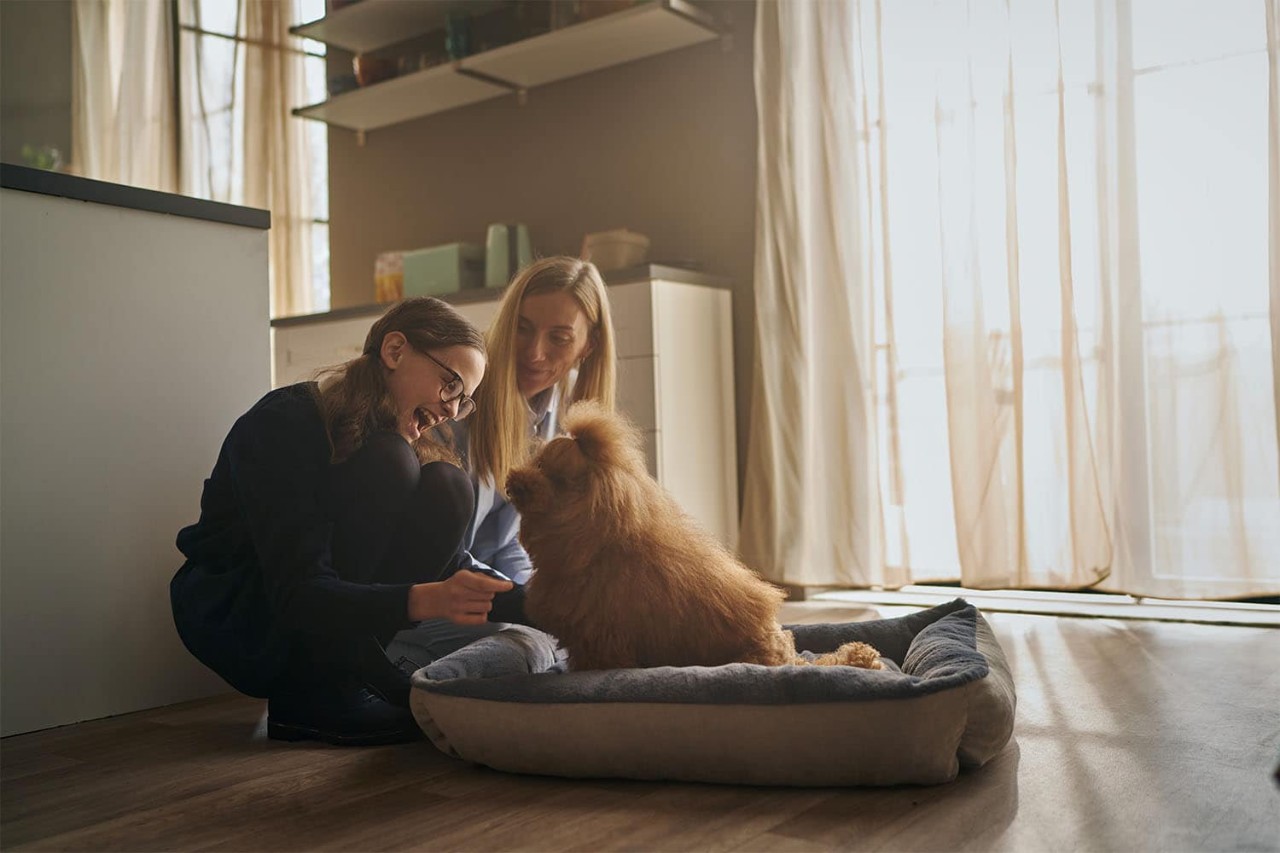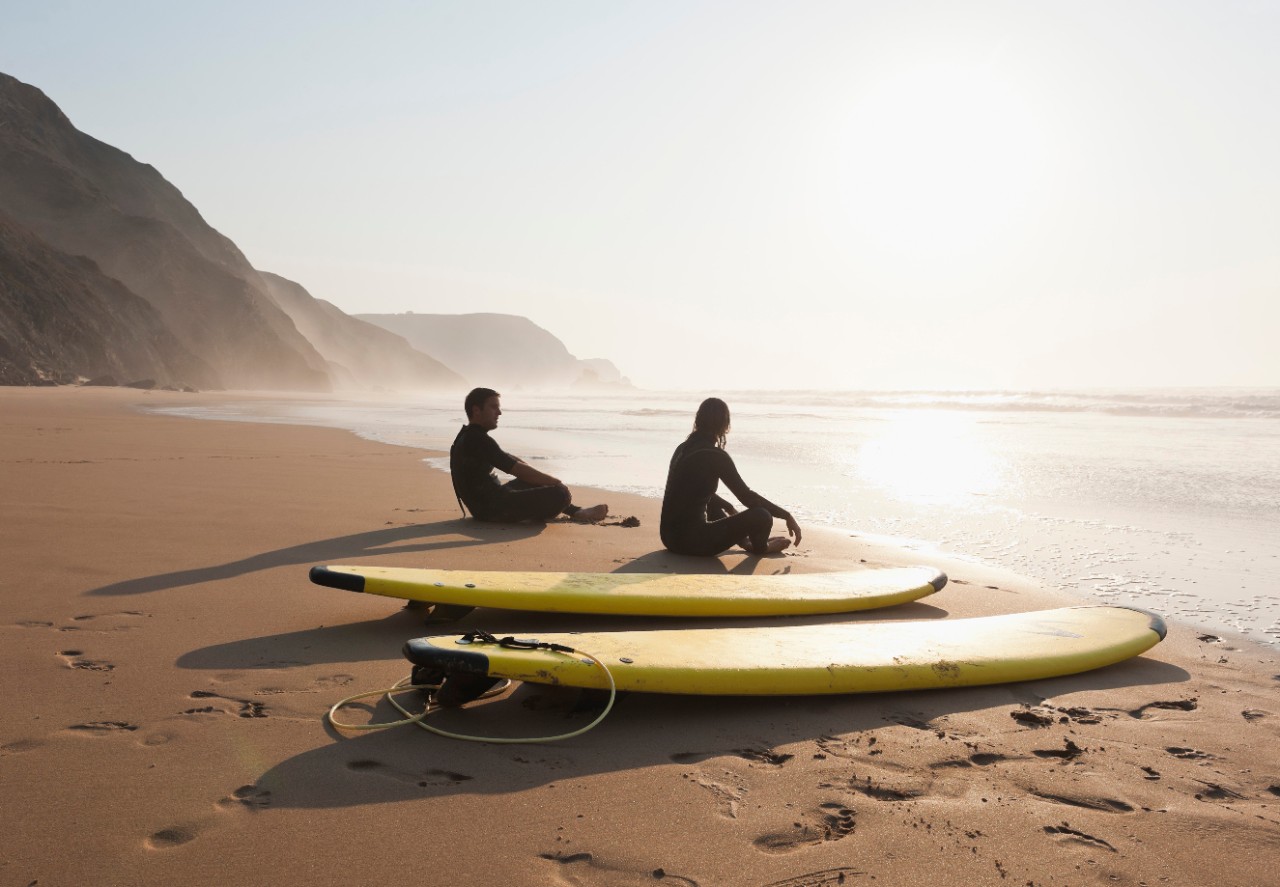Driving with Dogs
by Angela Hickey | 3 min read July 2023
During the summer months, many of us take the opportunity to get out on the road for long day trips, weekends away or trips abroad on the ferry with our four legged friend in tow.
There are many things to consider when planning a road trip with your dog. Our in-house vet has put together some tips to make you and your pets journey a happy, memorable one.
- PREPARE – train your new pet to accept travelling in the car by bringing them on many short journeys. Give a treat as you settle them into the car and again as you take them out and ideally drive somewhere fun like a park for walks and play time so that they associate going in the car with a positive experience. They will cope more readily with long journeys as a result.
- RESTRAIN – it is a legal requirement in Ireland that you restrain your dog in the car so that they will not distract the driver and also to avoid injury to them or others if you have to stop suddenly or are involved in a crash. Harnesses which connect to the seat belt are the best option for medium to large dogs. Smaller dogs can be kept safe in a pet carrier that is held securely by a seat belt or placed on the floor behind a front seat. Metal guards can be used in ‘four by fours’, hatchbacks and estate cars to separate your dog from the other occupants and keep them confined, but use a rubber mat on the floor so that they can get a good grip.
- VENTILATE – make sure there is adequate ventilation for your dog and that the temperature of the car is kept cool. Use your air conditioning and open windows a little. Never let your dog hang its head out of a window. Dirt, dust and insects may get into their eyes or noses and there is a risk of injury or death from approaching cars or other obstacles, as well as the risk that the dog may fall out or jump out.
- OBSERVE – keep an eye on your dog’s comfort levels in the car, especially on hot days. Travel early in the morning or in the evening if possible to avoid the worst heat of the day. Watch for signs of overheating such as excessive panting, drooling, agitation, vomiting or diarrhoea, pale gums, loss of consciousness and collapse. Flat faced breeds such as Pugs, French Bulldogs, etc. are at most risk. If you are worried pull in to a shaded area and take your pet out in the open air. Dogs need to breathe in cool air to lower their temperature. Give water to drink and wipe down inside thighs and underarms, ear flaps and paws with water to help cool them down.
- TAKE BREAKS – plan to take a break at least every two hours. Most service stations have a grassy area where you can walk and toilet your dog and give them a drink of water.
- MEDICATION – if your dog suffers from car sickness they may need anti-nausea or anti –anxiety medication. Talk to your vet well in advance of any trips so they can advise on the most appropriate treatment for your pet.
- PROVIDE – make a list of all that you will need to provide for your dog prior to your trip and pack a doggy travelling kit. Bring a water bowl, water, treats, food, medication, poo bags, a lead, a blanket, a towel, chew toys, a pet first aid kit, etc.
- PLAN AHEAD - Plan activities that can include your dog as it is never OK to leave your dog alone in your car! Temperatures can rise to dangerous levels within five minutes of parking your car. If your dog cannot go with you, wherever you go, then arrange for doggy day care, pet sitters or boarding kennels.
- PLAN AHEAD - Plan activities that can include your dog as it is never OK to leave your dog alone in your car! Temperatures can rise to dangerous levels within five minutes of parking your car. If your dog cannot go with you, wherever you go, then arrange for doggy day care, pet sitters or boarding kennels.








